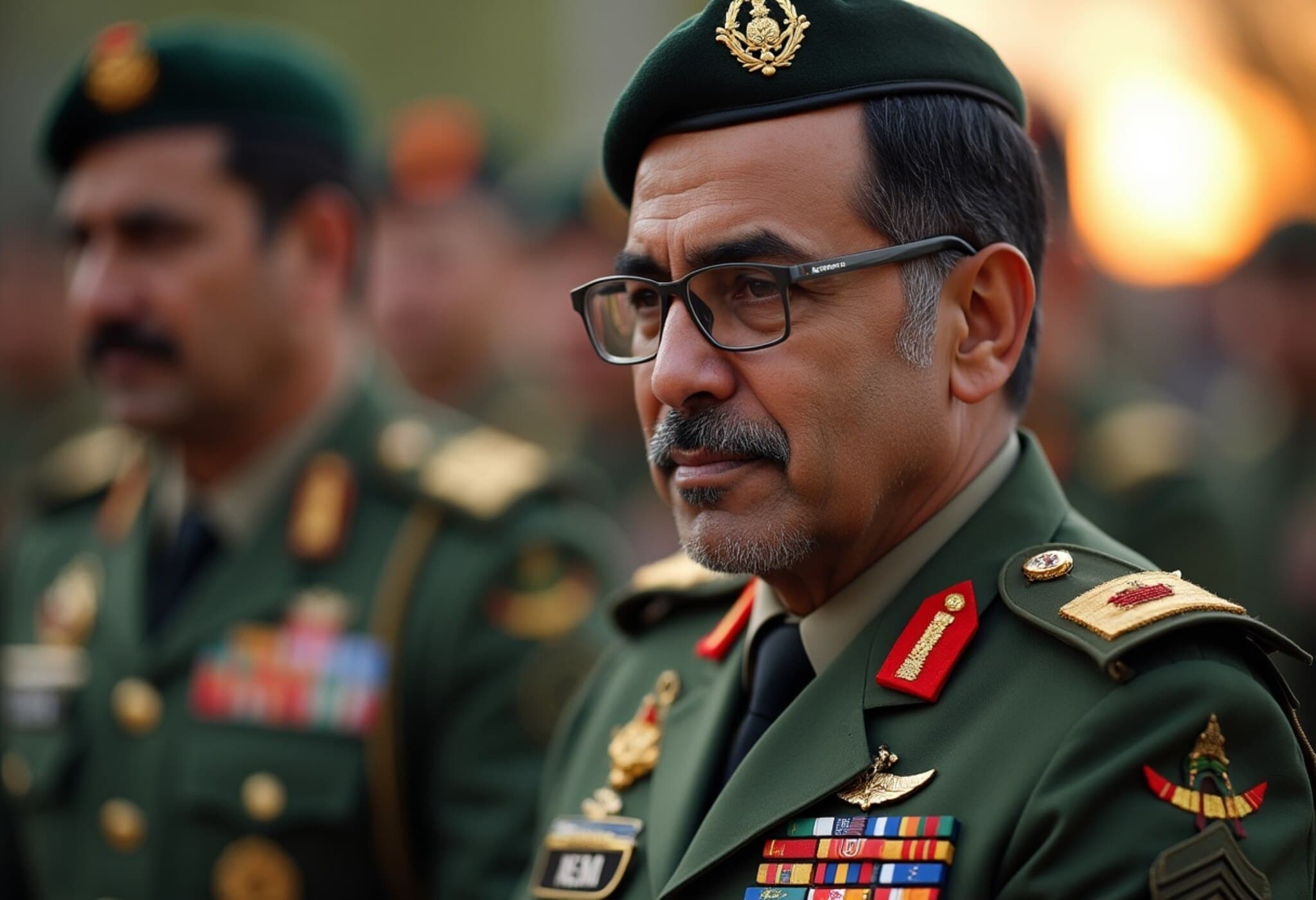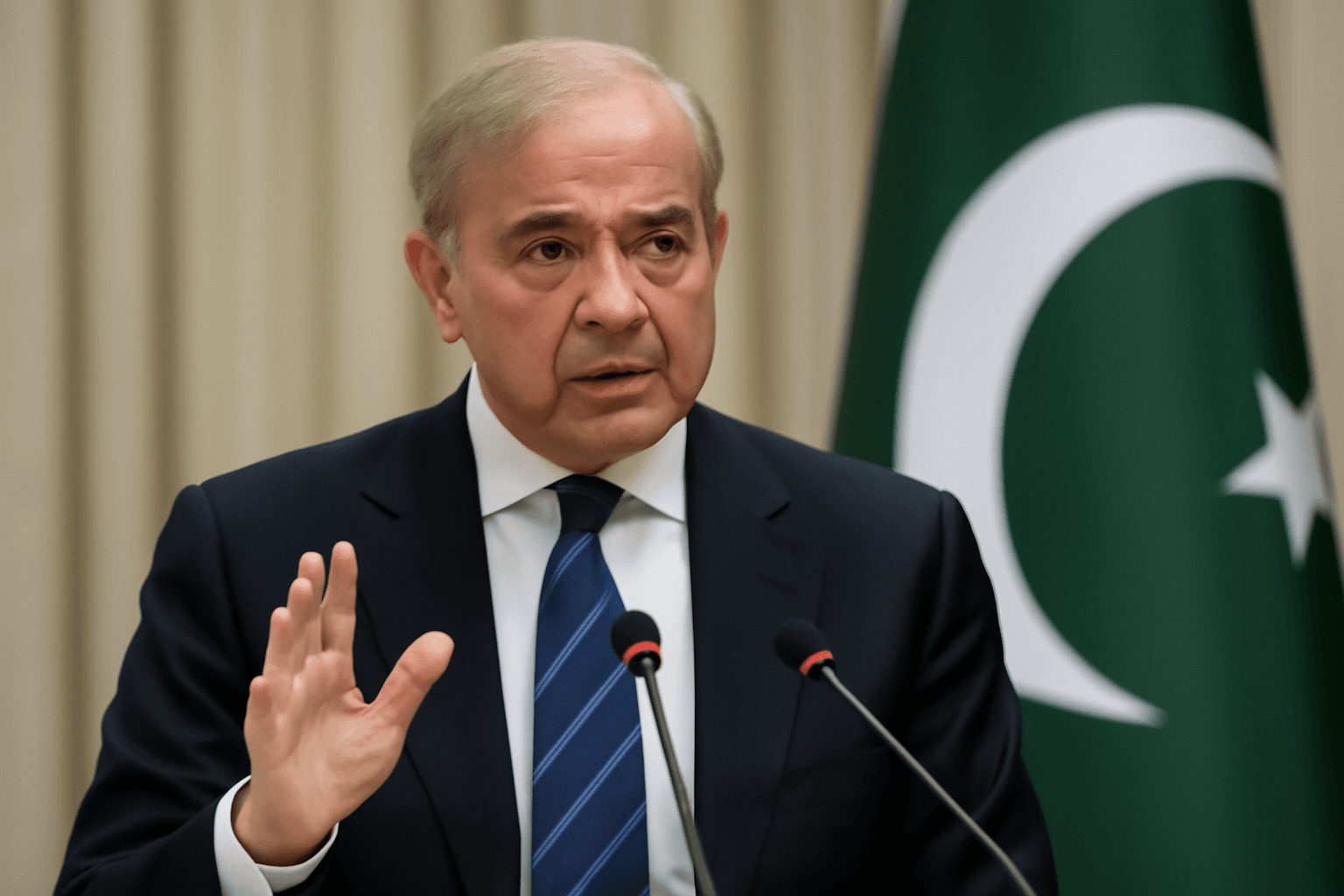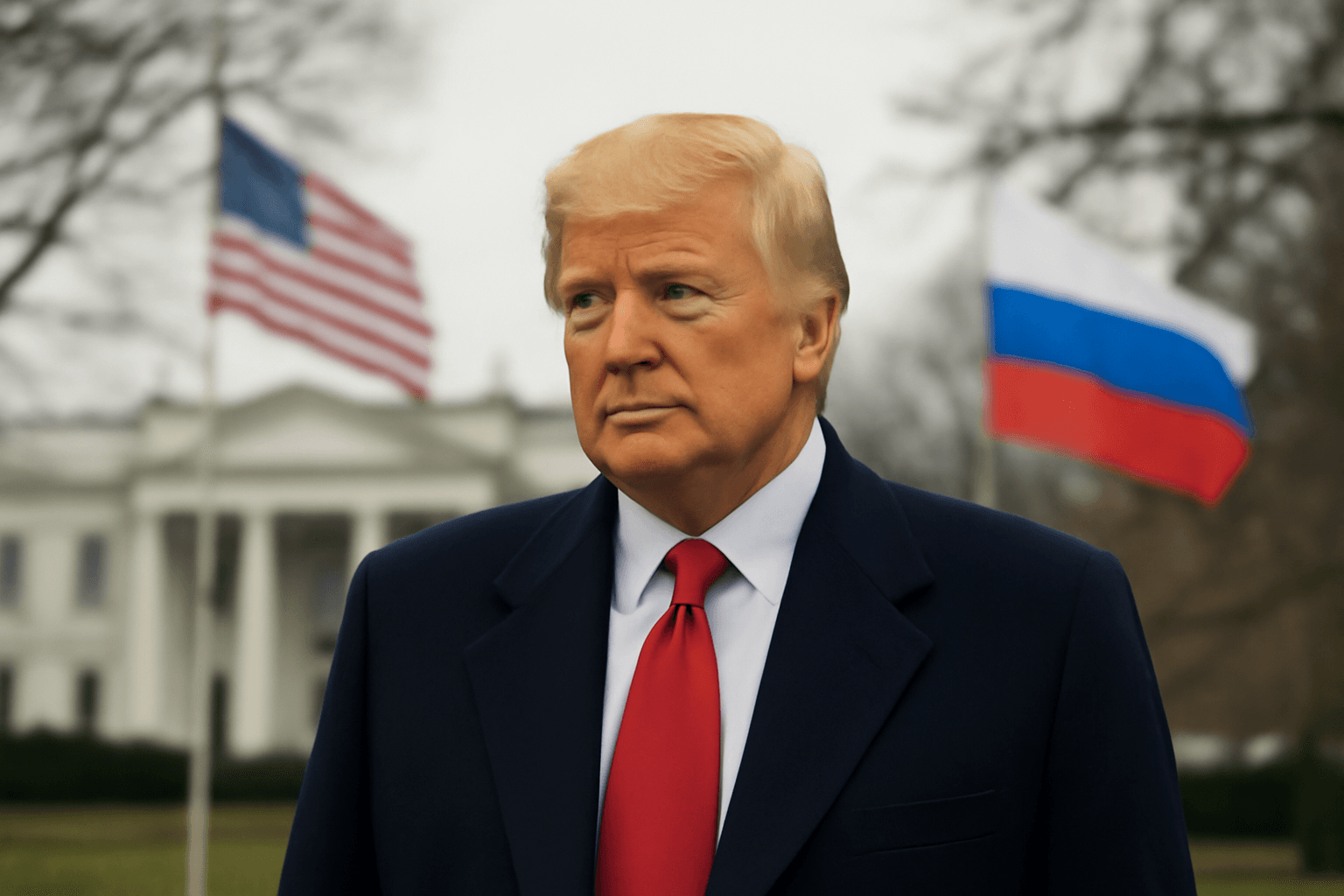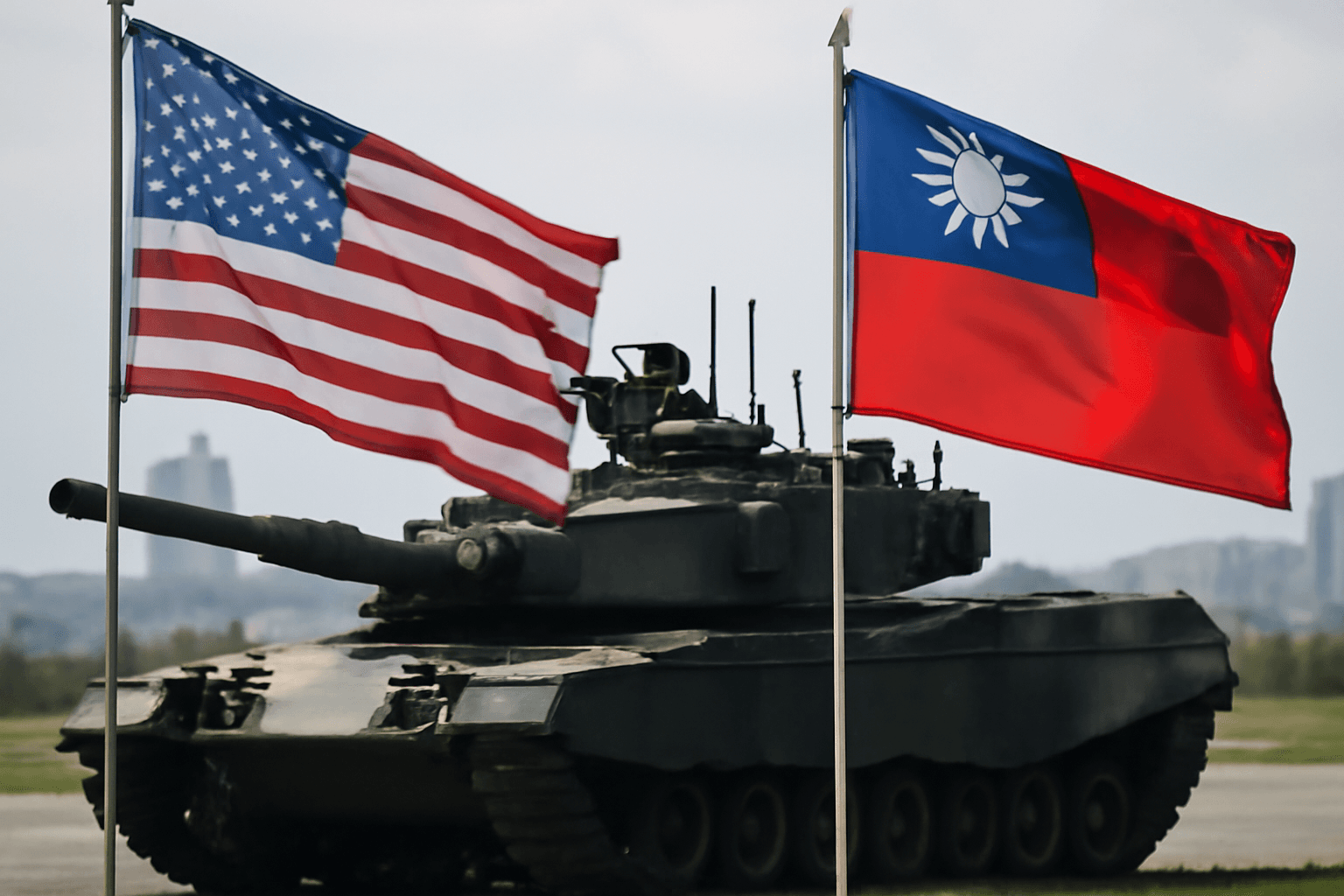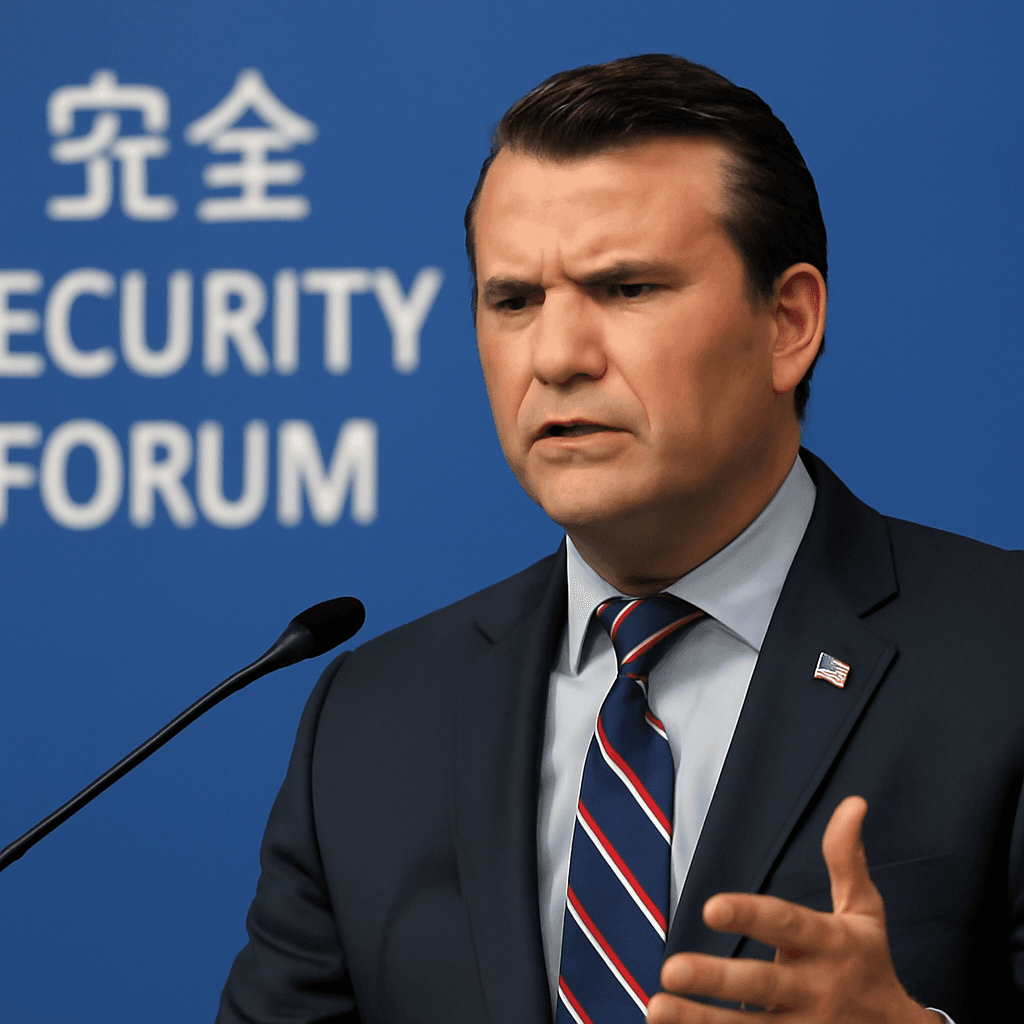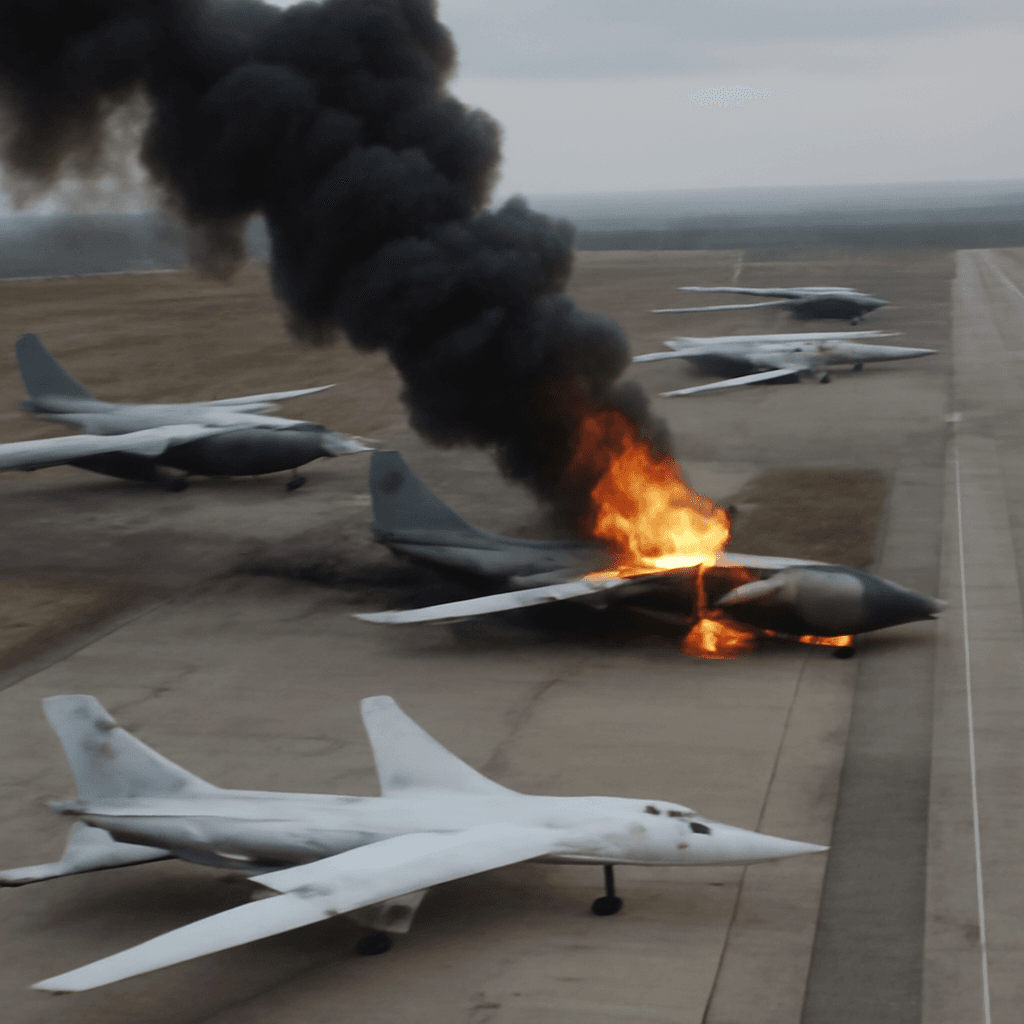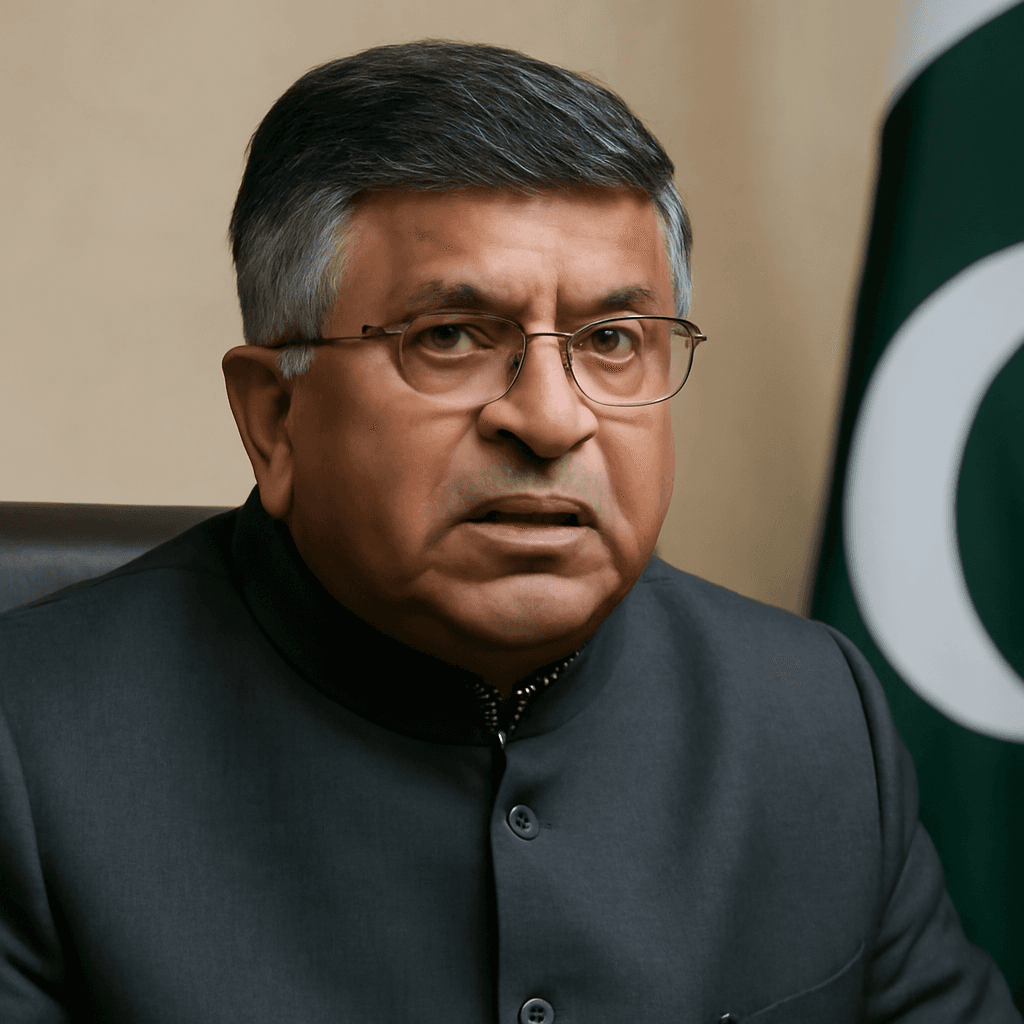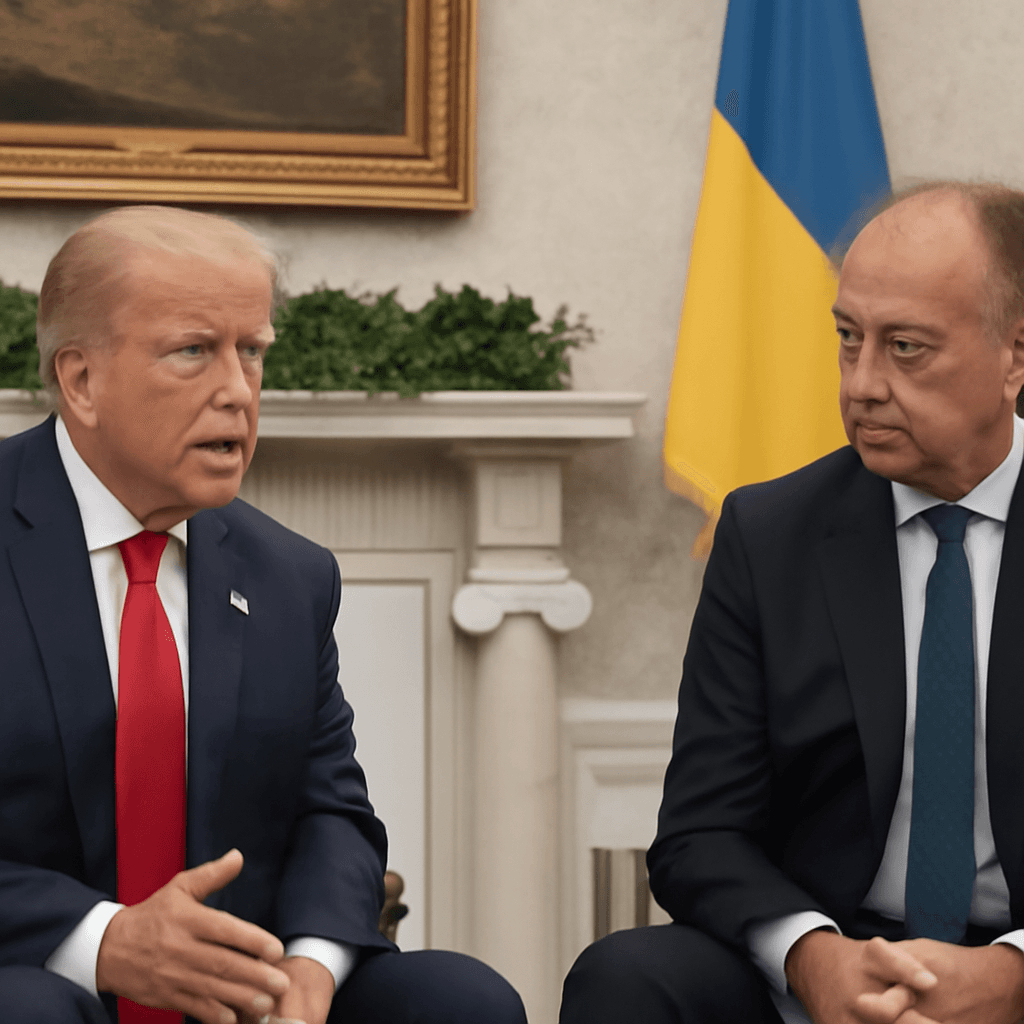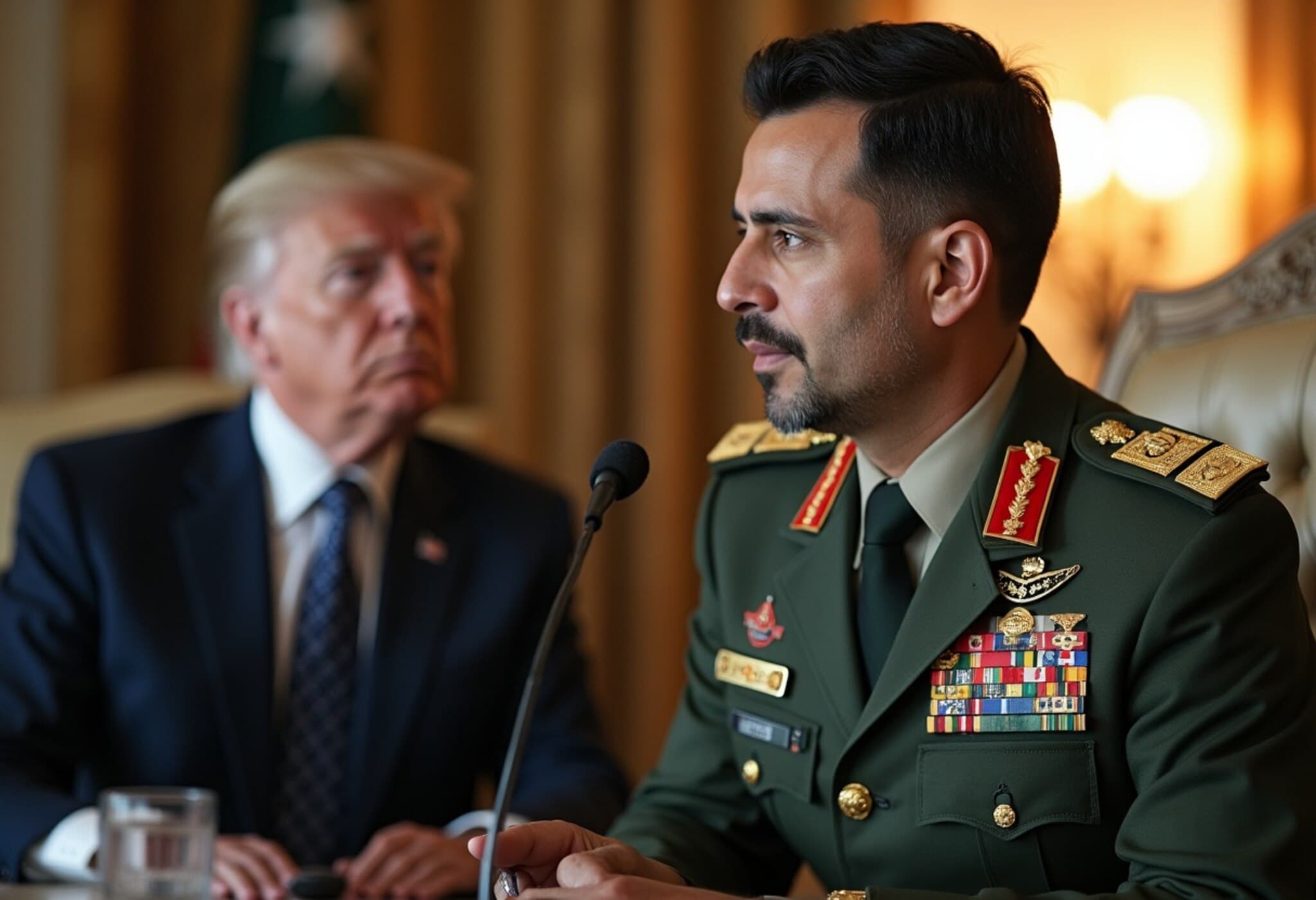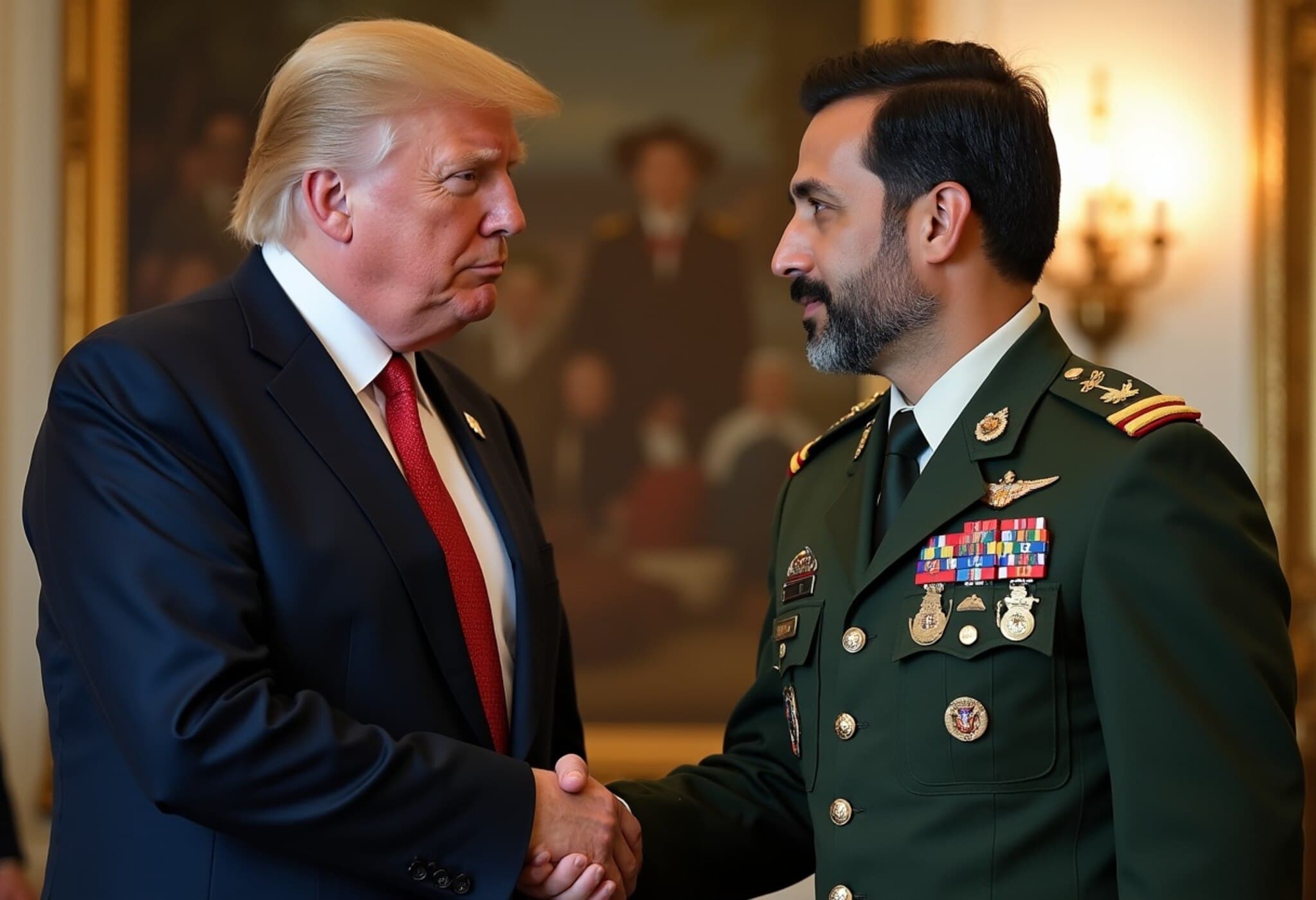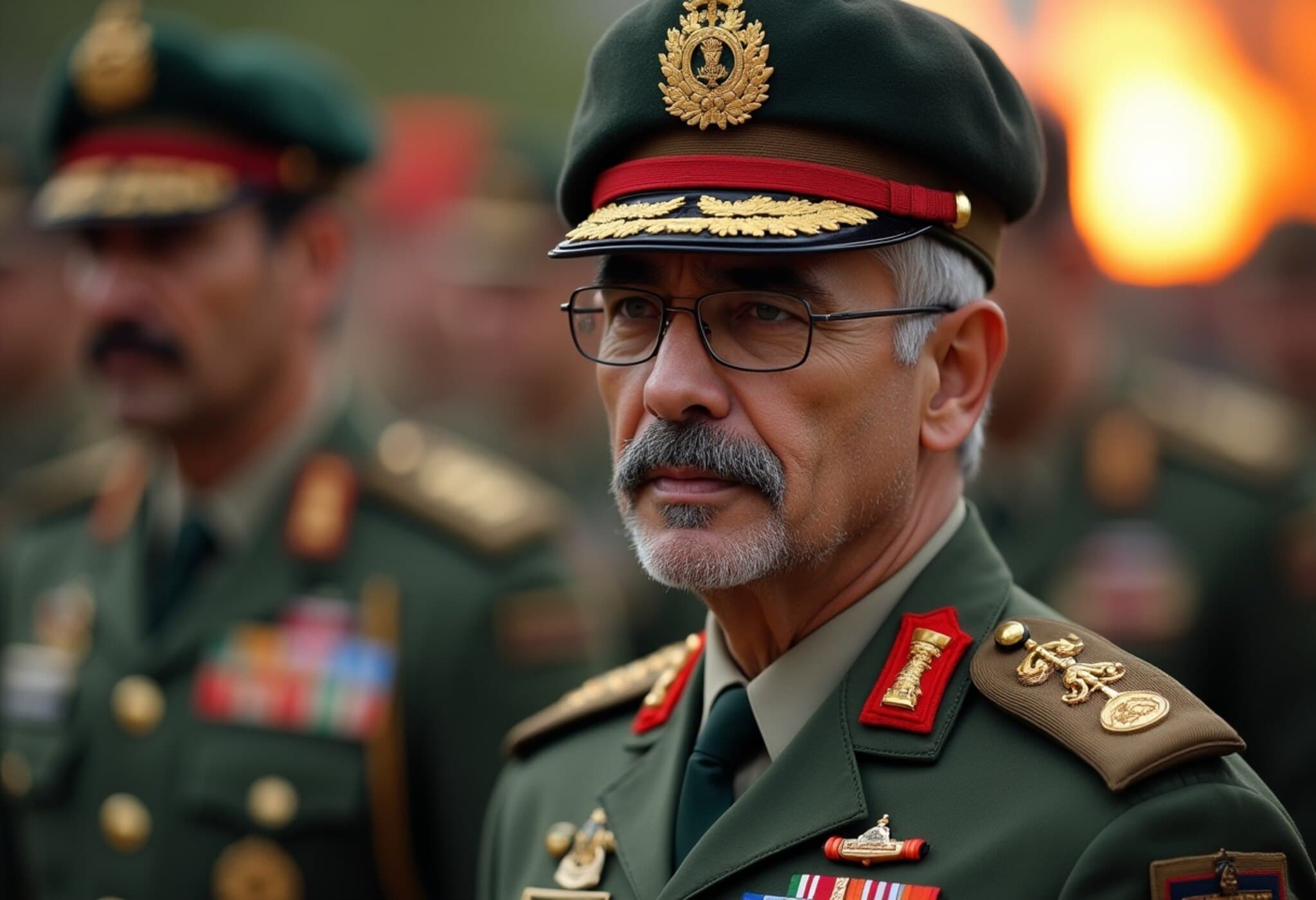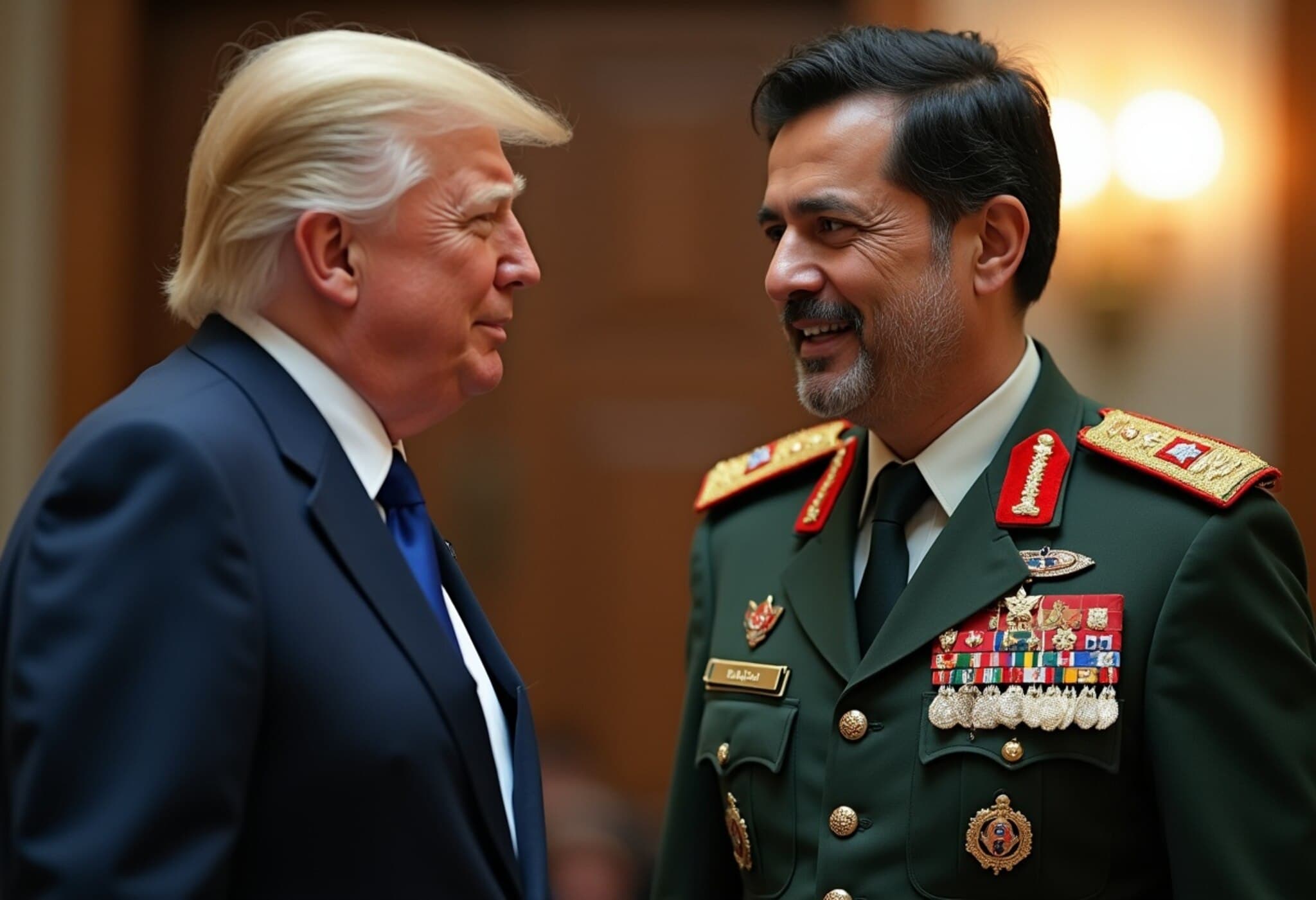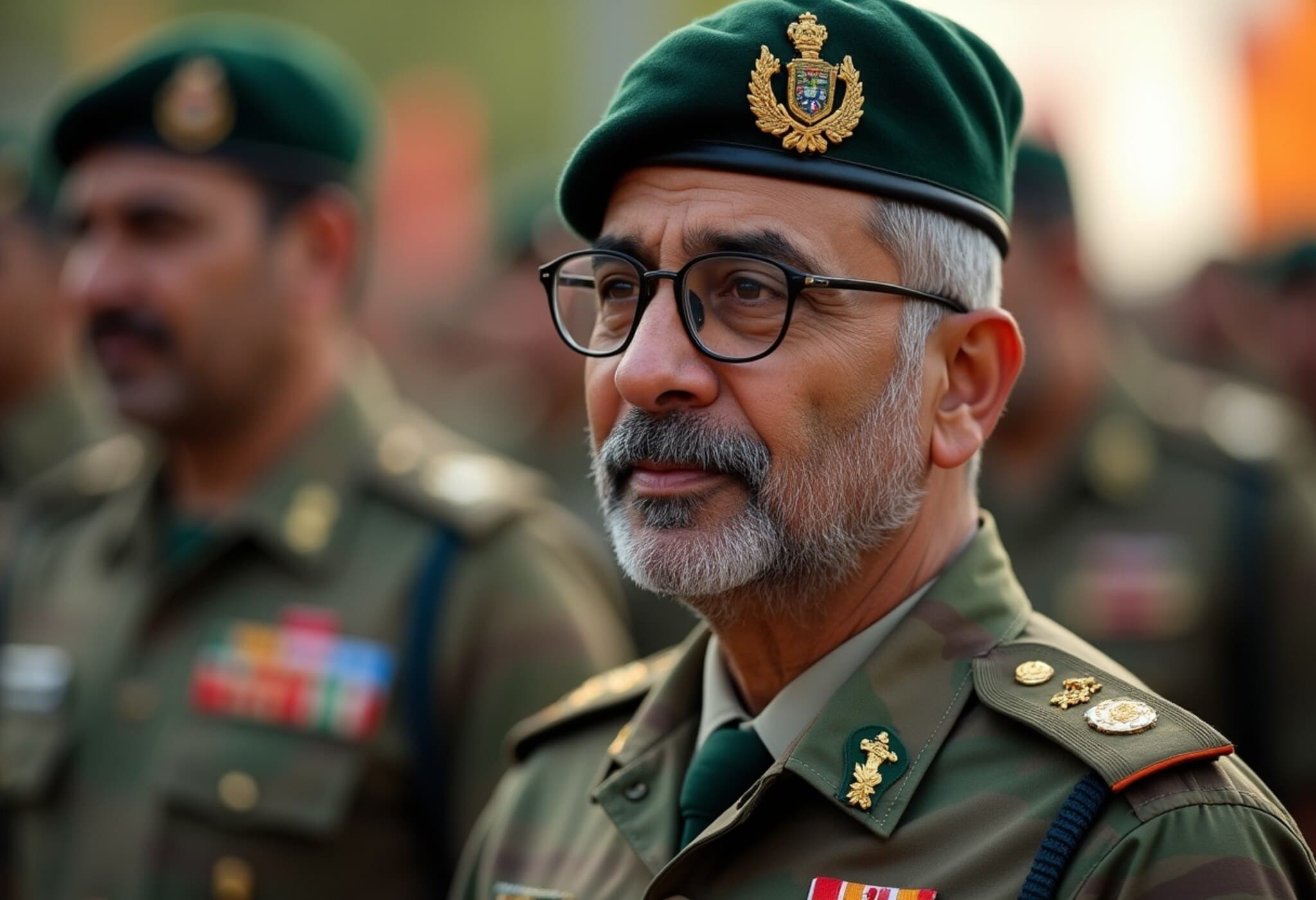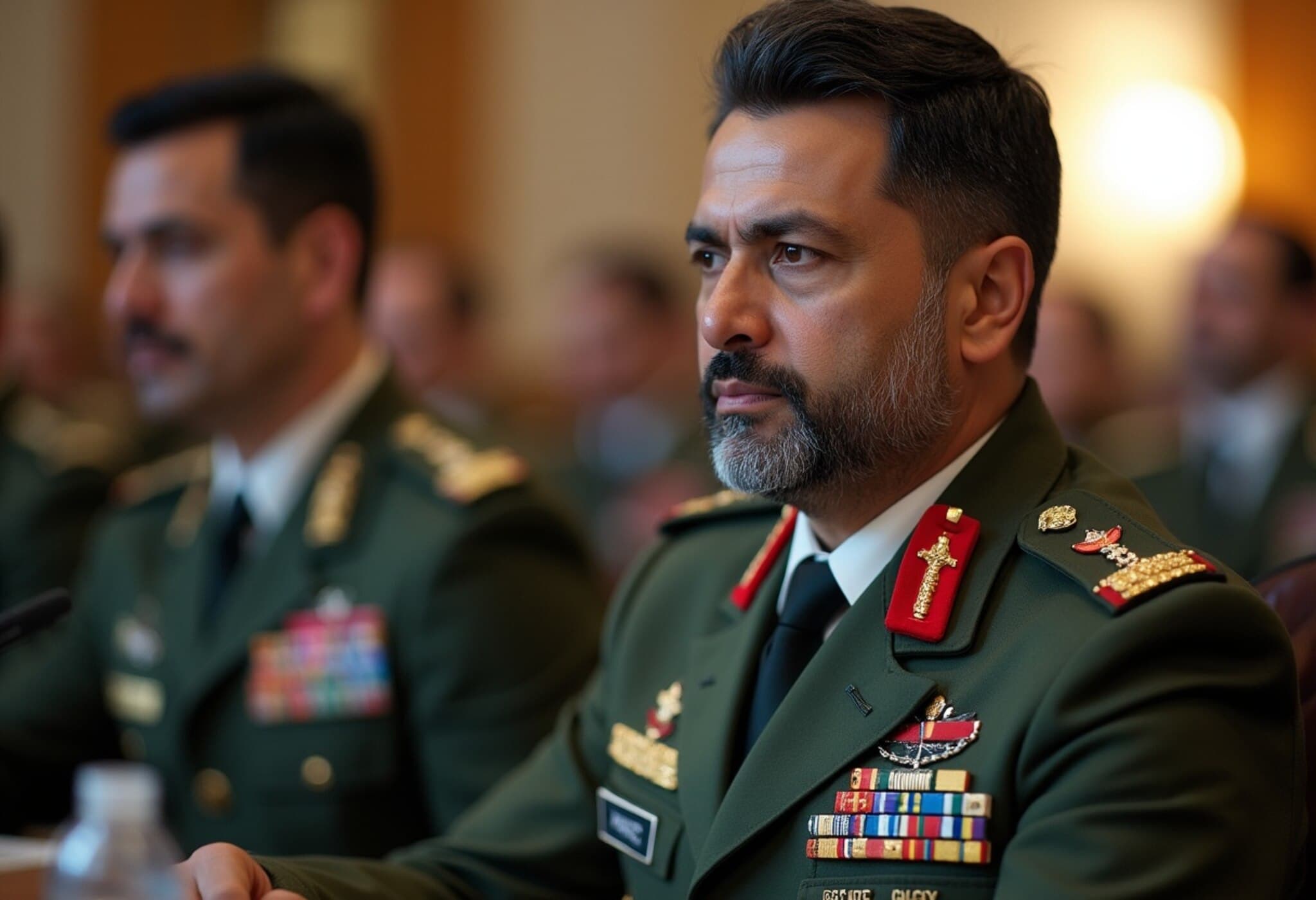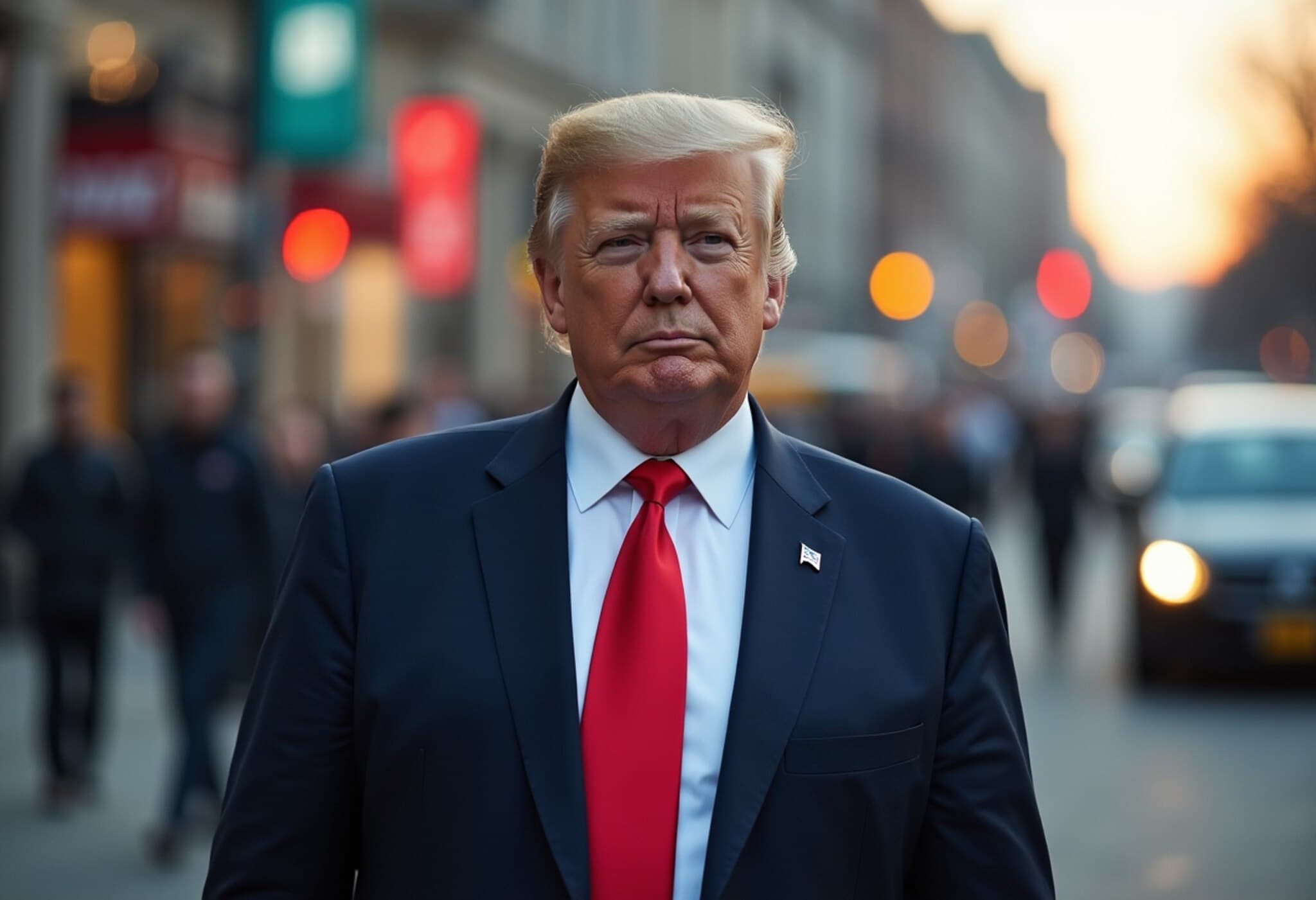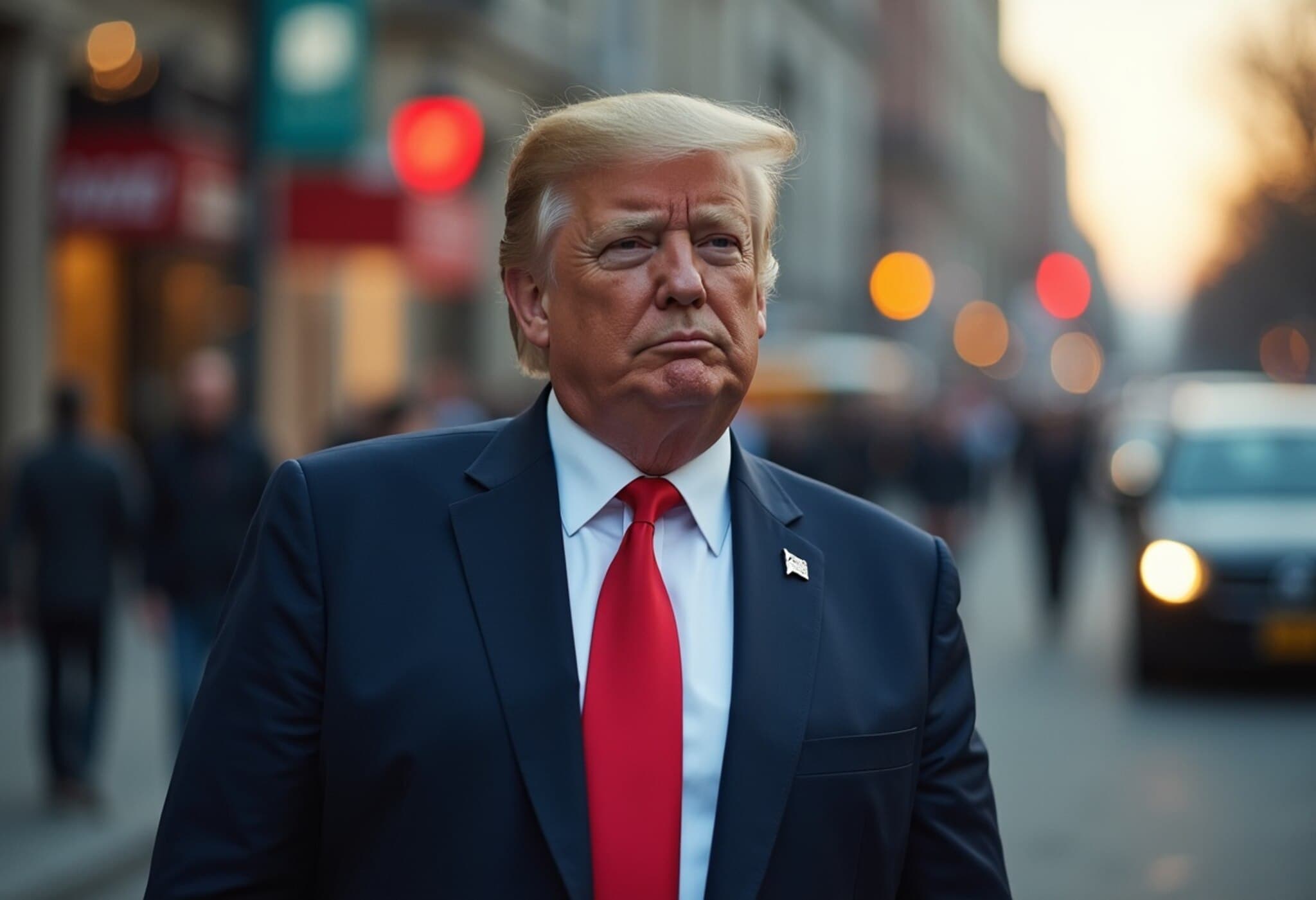Pakistan Army Chief General Asim Munir Travels to US for CENTCOM Commander’s Farewell
In a significant move underscoring the evolving military and diplomatic relationship between Pakistan and the United States, Pakistan’s Chief of Army Staff, General Asim Munir, is set to attend the farewell ceremony of the US Central Command (CENTCOM) Commander, General Michael E. Kurilla. The event will take place in Tampa, Florida, where CENTCOM headquarters is located.
This visit marks General Munir’s second trip to the United States within just two months, reflecting ongoing dialogue amid regional security complexities and strategic recalibrations in South Asia.
Context Behind This Visit
General Munir’s recent June visit included a highly notable two-hour lunch with former US President Donald Trump at the White House—a historic instance as no senior Pakistani civilian officials were present during their engagement. The meeting was emblematic of deepening military-to-military communication, especially as tensions simmer following security incidents involving Pakistan-backed militants and consequential Indian countermeasures in Pakistan-occupied Kashmir.
The regional atmosphere remains delicate after India’s dismantling of terror networks in Pakistan and PoK, following the Pahalgam terror attack attributed to Pakistani-backed groups. This backdrop intensifies the importance of Munir’s ongoing discussions with US military officials focused on de-escalation, stability, and cooperation.
Key Themes and Strategic Implications
- Security Dialogue: Regional security concerns remain at the forefront, including threats of militancy, border stability, and the risk of escalation in the volatile India-Pakistan relationship.
- Economic and Technological Cooperation: Sources indicate conversations also touched upon economic development, trade opportunities, and the growing domain of cryptocurrency—highlighting a broad strategic agenda beyond pure defense concerns.
- US-Pakistan Military Relations: The visit signals sustained efforts to foster military channels despite political fluctuations, offering both sides avenues to manage crises and build trust.
Expert Insight: Navigating Fragile Peace Amid Complex Alliances
From a policy analyst’s perspective, General Munir’s repeated high-level visits to the US reflect Pakistan’s strategic intent to engage Washington directly at the military leadership level, potentially sidestepping broader diplomatic hesitations. This approach can help both nations manage security dilemmas quietly while public political posturing continues elsewhere.
Moreover, the ceremony honoring General Kurilla, who has overseen US military strategy across the Middle East and South Asia, provides a symbolic platform to reaffirm cooperation against shared threats like terrorism, which transcend regional rivalries.
President Trump’s Role and Controversies
During his recent encounter with Munir, former President Trump praised the Pakistani army chief for his role in de-escalating tensions with India, stating, "The reason I had him here was I wanted to thank him for not going into the war and ending it…"
General Munir, in turn, commended Trump by suggesting he deserved a Nobel Peace Prize nomination for helping avert a potential nuclear confrontation between Pakistan and India. However, this narrative is contested by Indian officials, who have underscored bilateral DGMO-level talks as the basis for the ceasefire, asserting that no external actors mediated the truce.
Looking Ahead: What This Means for Regional Security
As South Asia grapples with a fragile peace, military diplomacy like General Munir’s visit to the US underscores the nuanced balance of power, communication, and strategic signaling necessary to prevent escalation. The interplay between regional actors and global powers like the US remains crucial in shaping both immediate outcomes and long-term stability.
Observers should watch how ongoing US-Pakistan military engagements evolve, especially in light of shifting US foreign policy priorities and Pakistan’s internal political dynamics. The intersection of security, economic collaboration, and technological cooperation may pave new pathways for a more multifaceted partnership.
Editor’s Note
This latest visit by General Munir not only spotlights the ongoing military rapport between Pakistan and the United States but also raises critical questions about the transparency and effectiveness of conflict management strategies in South Asia. As global powers navigate this complex theater, the broader regional populace’s hopes for stability hang in a delicate balance amid high-stakes diplomacy. Readers are encouraged to contemplate how military diplomacy complements or conflicts with civilian-led peace efforts and what this implies for future peace prospects.

